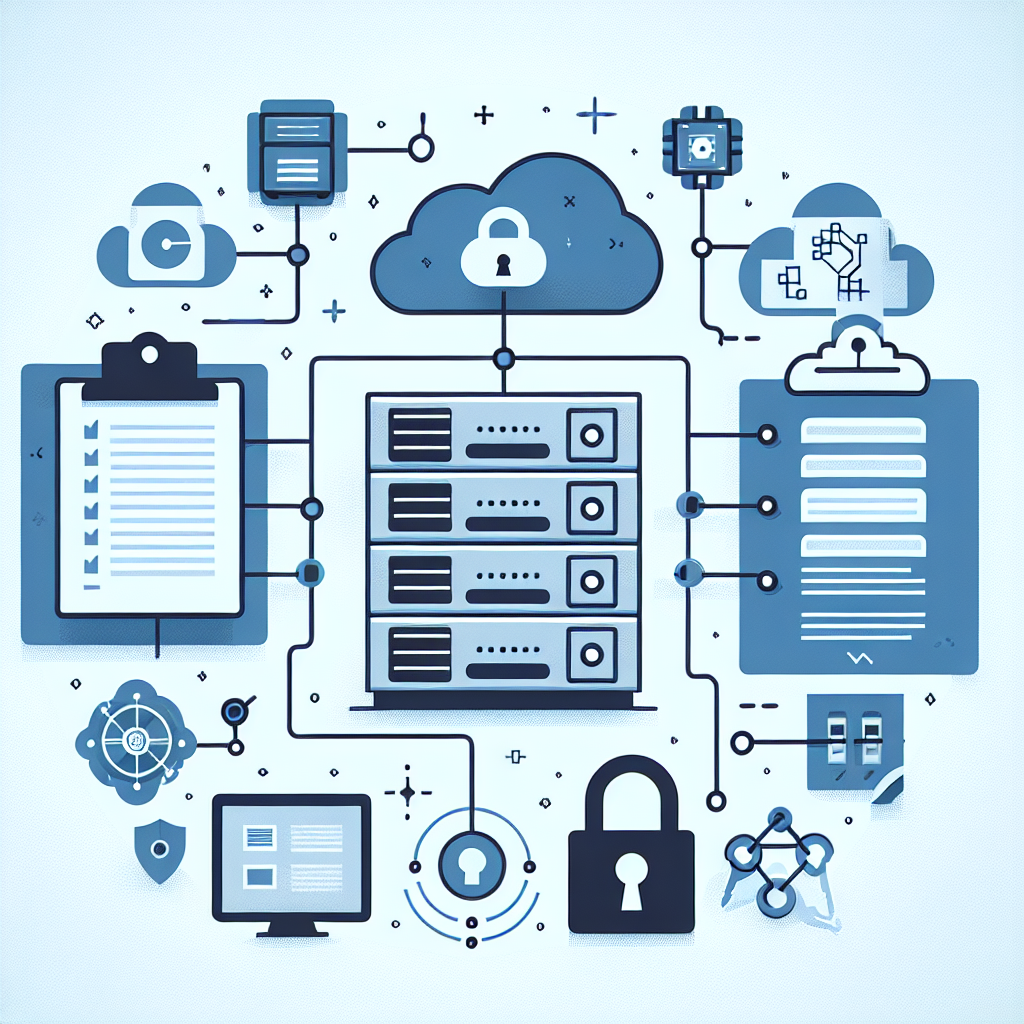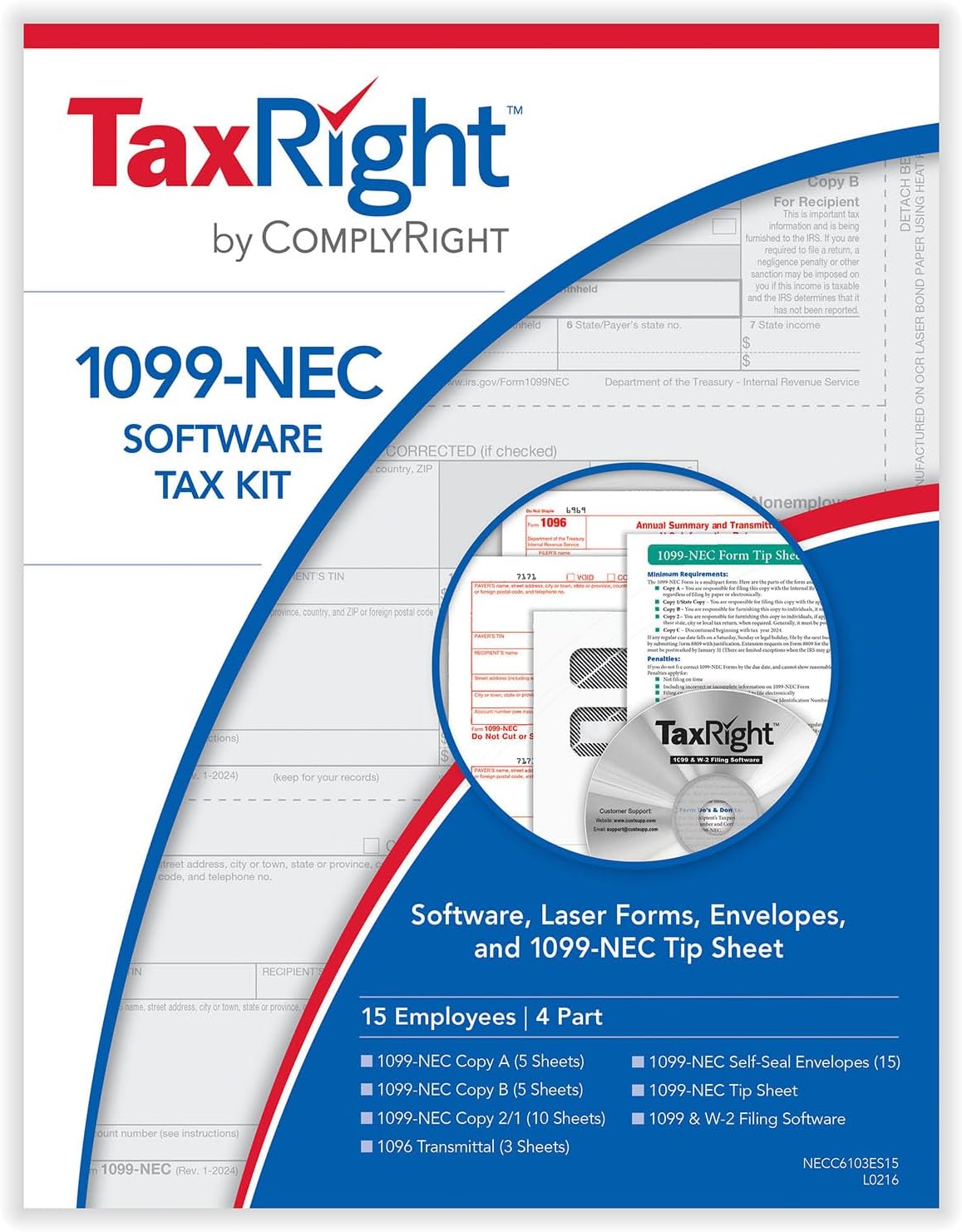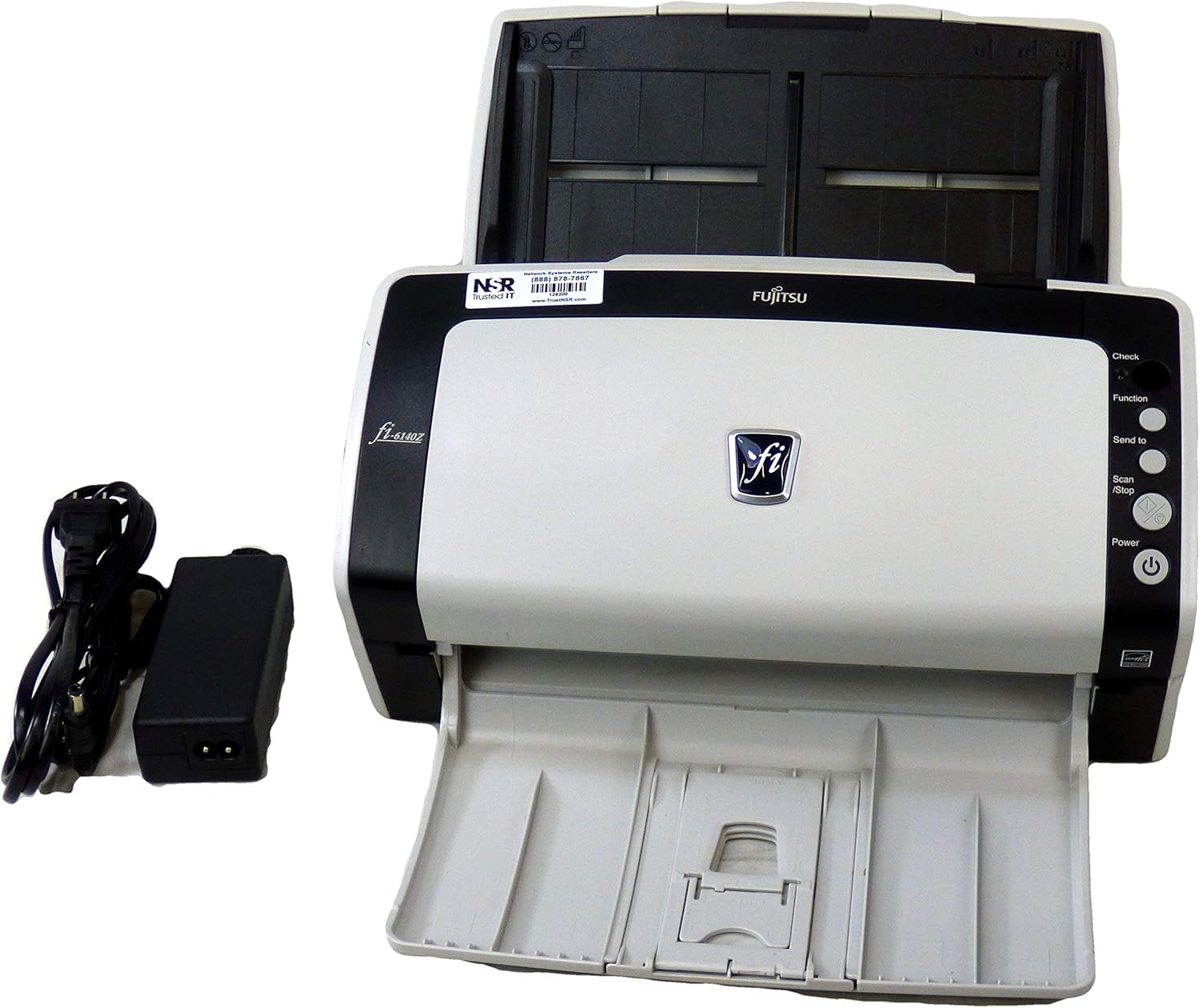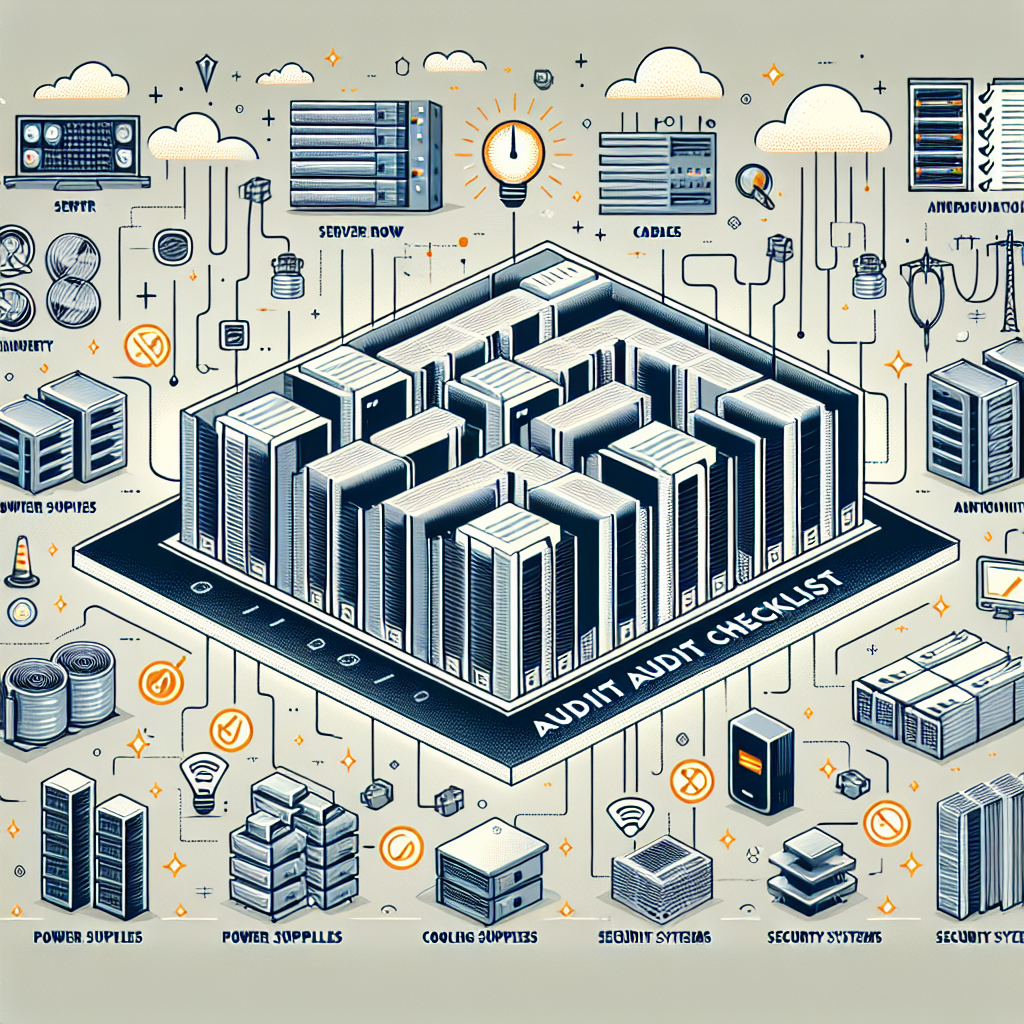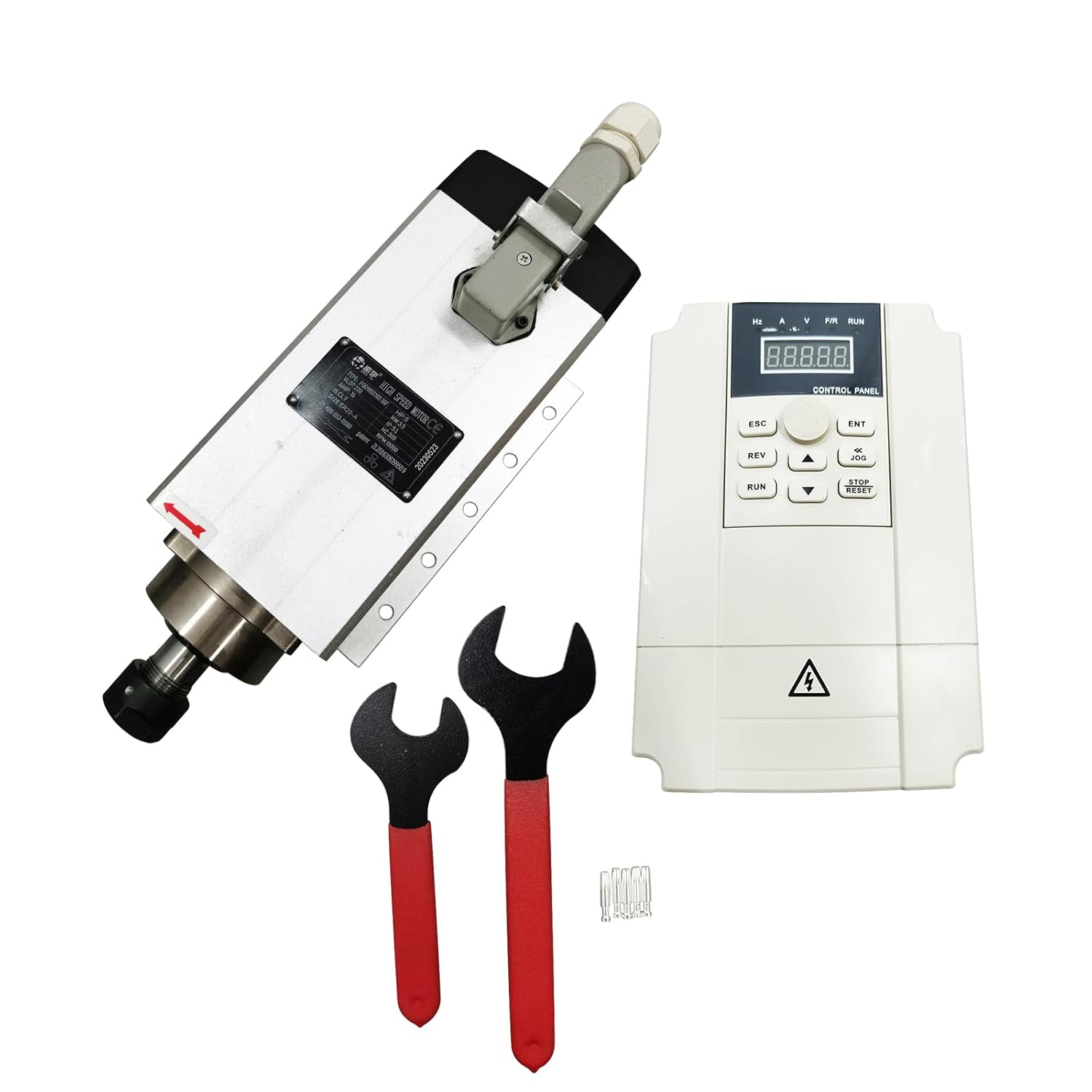Data centers are the backbone of modern businesses, housing the critical infrastructure and systems that keep organizations running smoothly. Proper documentation is essential for ensuring the efficient operation and maintenance of a data center. Here are key elements to include in your data center documentation:
1. Inventory of Equipment: The first step in creating comprehensive documentation for your data center is to create an inventory of all the equipment housed within the facility. This includes servers, storage units, networking devices, and power distribution units. Make sure to include details such as make, model, serial number, and warranty information for each piece of equipment.
2. Network Diagrams: A detailed network diagram is essential for understanding the layout and connections within your data center. Include information on physical and logical connections, IP addresses, VLANs, and routing information. This diagram will be invaluable for troubleshooting network issues and planning future expansions.
3. Power Distribution: Document the power distribution within your data center, including details on electrical circuits, power distribution units (PDUs), and UPS units. Make sure to include information on power capacity, load balancing, and redundancy to ensure that your data center can handle the power requirements of your equipment.
4. Cooling and HVAC Systems: Proper temperature and humidity control are critical for maintaining the optimal operating conditions within a data center. Document the layout of cooling and HVAC systems, including details on temperature sensors, air handlers, and CRAC units. This information will help you identify potential hot spots and ensure that your equipment is operating within safe temperature ranges.
5. Security Protocols: Data centers house sensitive information and critical infrastructure, making security a top priority. Document your security protocols, including access control measures, surveillance systems, and alarm systems. Make sure to include details on who has access to the data center and how access is granted and monitored.
6. Disaster Recovery Plan: In the event of a disaster or system failure, a well-documented disaster recovery plan can help minimize downtime and data loss. Include details on backup procedures, recovery strategies, and testing protocols. Make sure that key stakeholders are familiar with the plan and know their roles and responsibilities in the event of an emergency.
7. Maintenance Schedules: Regular maintenance is essential for keeping your data center running smoothly. Document maintenance schedules for all equipment and systems within the data center, including details on preventive maintenance tasks, service contracts, and warranties. This information will help you stay on top of maintenance tasks and avoid unexpected downtime.
By including these key elements in your data center documentation, you can ensure that your facility is well-organized, secure, and properly maintained. Having comprehensive documentation will also make it easier to train new staff members, troubleshoot issues, and plan for future expansions. Invest the time and resources to create thorough and up-to-date documentation for your data center to ensure its continued success.
